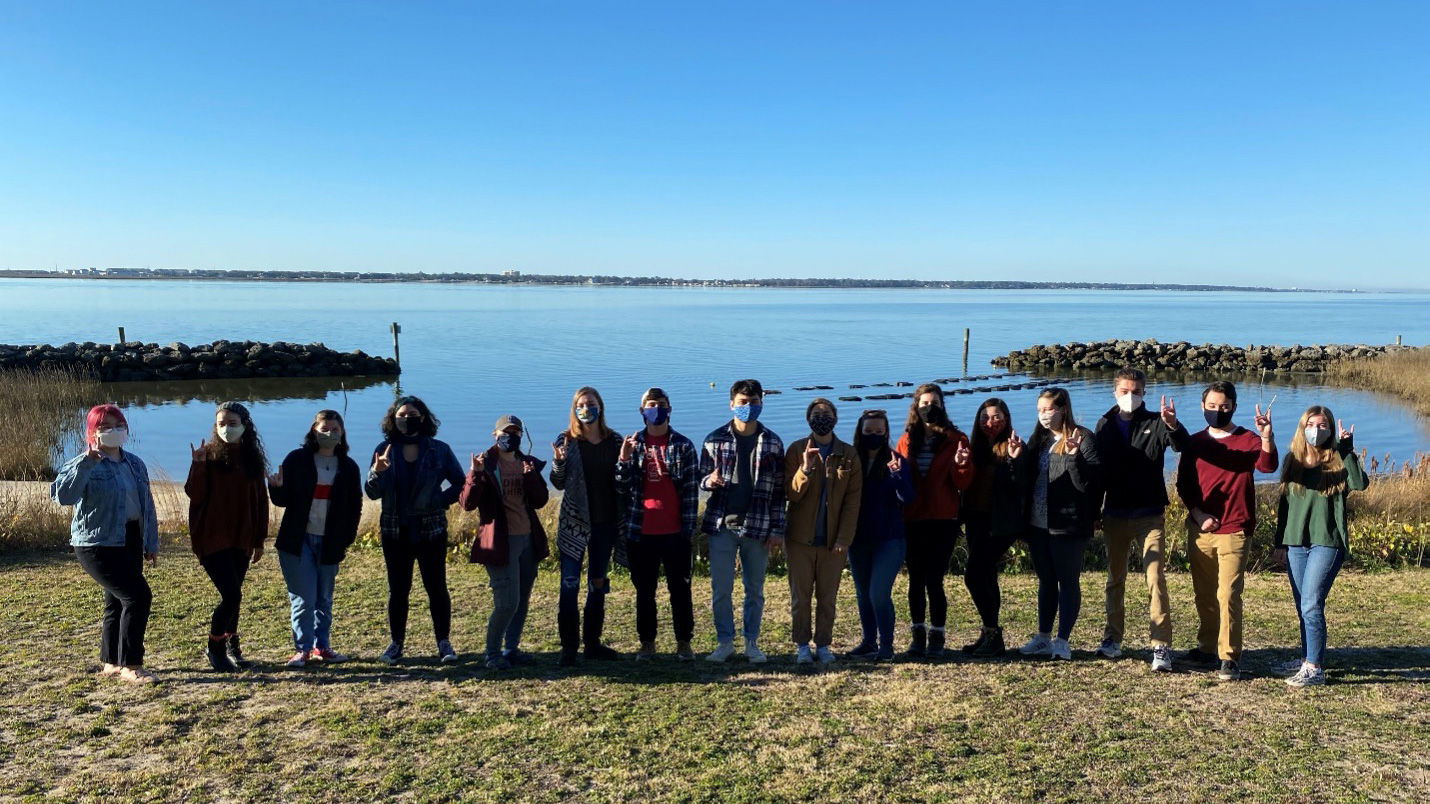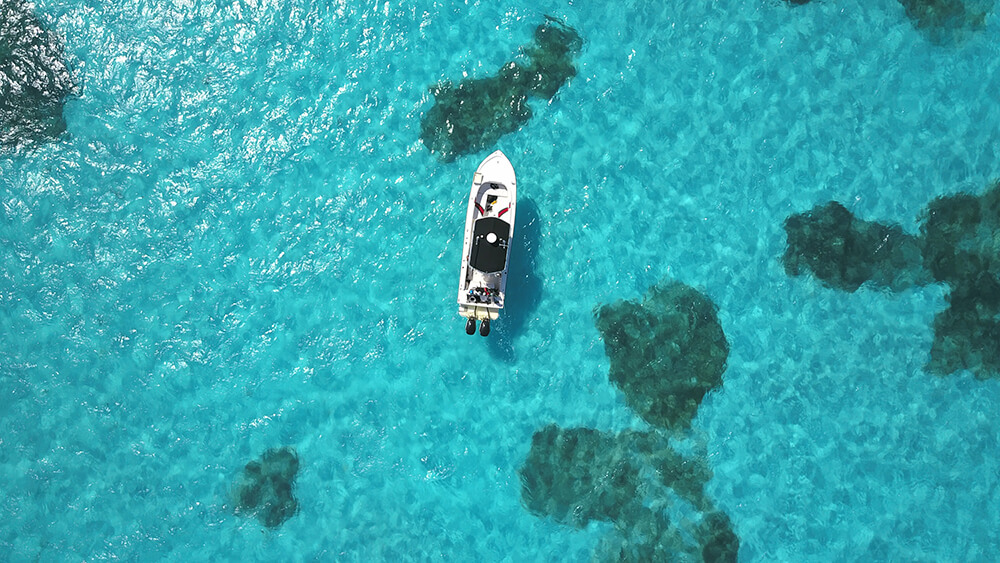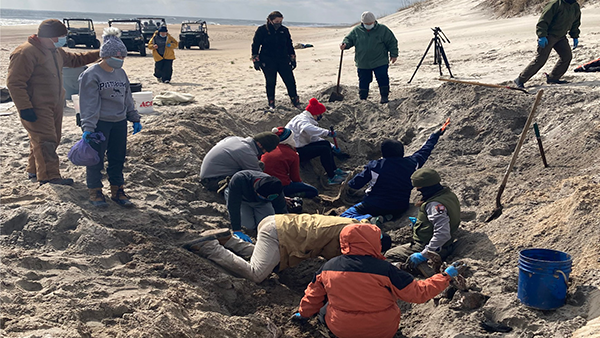CMAST News

CMAST Summer Fellows 2021.

Semester At CMAST Students Spring 2021

Three Sciences Faculty Honored With University Professorships

Hum, Crackle, Knock: Monitoring Reef Habitats in Florida Keys National Marine Sanctuary

Recovery Following Natural Disasters

Soundscape Reveals Resilient Reef Ecosystem

Minke Whale Skeleton Exhumed

NC State Oyster Showcase

Semester at CMAST Covid-19 Regulations
